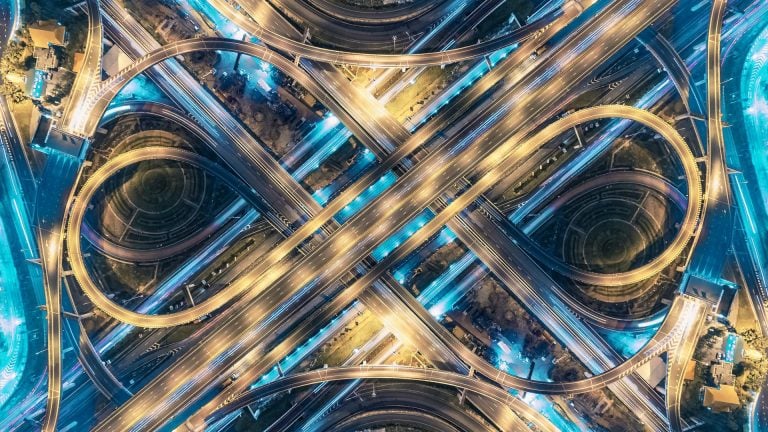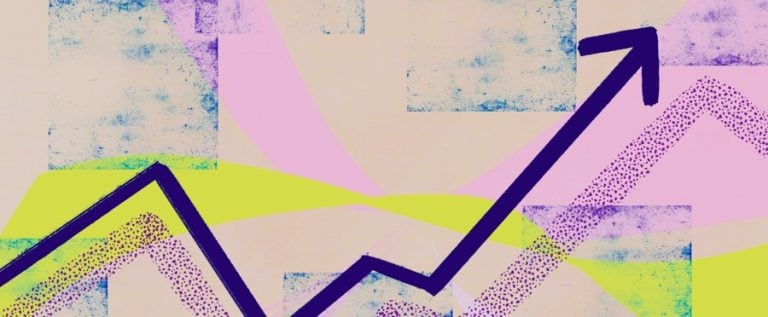Society’s addiction to plastics is pushing the environment to the limit. Despite the recent media focus on plastic as an environmental issue, its popularity as a raw material continues to rise – experts estimate production will increase by a further 40% over the next decade1.
However, in a recent engagement insight, Full cycle: investing for a circular economy, Dr. Christine Chow, Director, and Emma Berntman, Engagement, Hermes EOS, explain that behind the demonisation of plastic itself lies the need for a paradigm shift in the way we produce and consume goods – one in which we can participate as investors as well as consumers.
Plastic planet
There are reasons for the ongoing ubiquity of plastic: it is cheap, lightweight and waterproof. Plastic has become emblematic of the problems inherent in the traditional consumption-led economic model. Its durability and visibility mean we are now literally seeing it everywhere: of the 8.3bn metric tonnes of plastic ever produced, an estimated 4.9bn tonnes have been discarded rather than incinerated or recycled2.
While it is possible to reduce the environmental impact of plastics, such as the Polyethylene terephthalate (PET) widely used in drinks bottles, through more effective and comprehensive recycling, the way plastic is used in other products makes recycling almost impossible. This is because they were never designed to be recycled: they remain part of an economic model in which products are produced, used and thrown away.
Perils of a linear economy
Focusing on plastic itself risks missing the underlying issue, which is that the global economy is overwhelmingly linear. Essentially, a linear economy is an economic system in which goods are produced, used and then, at the end of their useful life, disposed of. From a purely economic perspective, a linear economy works well because it ensures ongoing demand for new products, promoting economic growth. However, from the point of view of resource depletion and pollution, a linear economy is extremely problematic.
Conversely, a circular economy is focused on sustainability from the outset, with the maximum value of a product being extracted before it is repaired, reused or recycled. It requires products to be designed so that their creation, use, and reuse or recycling has minimal impact on the environment.
Towards a circular economy
The benefits of a circular economy for society, the planet and for businesses themselves are clear: resource productivity is maximised, enabling companies and economies to address emerging resource security and scarcity concerns; the environmental impacts of production and consumption are minimised; and waste, a problem for humanity and the environment, becomes a resource rather than refuse.
A truly circular economy calls for businesses not just to maximise recycling and minimise waste, but to fundamentally re-engineer their products and services with a so-called ‘cradle-to-cradle’ approach. It involves intensive resource efficiency relating to water, energy and materials, reduced packaging and high recycling rates, and asks consumers to consider sustainability as a critical factor in their purchasing decisions.
A fair example
Many companies are already engaging with a circular economic model to a lesser or greater degree. Fairphone is an excellent example of a product (and company) which has been created from the outset around a circular economic model and stands out in the tech industry as having a very mature cradle-to-cradle approach. Described as ‘the world’s first modular, ethical smartphone’, it is built to be repaired and improved, rather than disposed of, and uses clean cobalt in its construction.
The transition to a circular economy raises a number of questions, not all of which have easy answers in every case: What exactly do we mean by recyclable? Is biodegradable a better option in some circumstances? Should no fossil-fuel based packaging be used? In any engagement exercise it is important to avoid assumptions about sustainability and enter into discussion with a business to understand what should be aimed for and identify the best approach.
Creating a virtuous circle
Through its engagements, Hermes EOS has started to discuss the concept of a circular economy with companies, clarifying that greater recycling and less waste are only the first steps towards adopting a more circular business model. Investors can also support the development of a circular economy in several ways:
- By engaging with companies on improving resource efficiency, waste reduction and maximising recycling – within their own operations and throughout their supply chains
- By engaging with policymakers and industry bodies to support regulations or incentives which encourage circular production
- By investing in businesses with good return prospects and which demonstrate a clear commitment to the principles underpinning a circular economy
As with all sustainability issues affecting the global economy, the transition to a circular model will require co-ordinated action from consumers, governments, NGOs and businesses. But investors also have a key role to play in creating a sustainable economic future.
The views and opinions contained herein are those of the author and may not necessarily represent views expressed or reflected in other Hermes communications, strategies or products.
1 “180bn-investment-in-plastic-factories-feeds-global-packaging-binge,” by Matthew Taylor. Published in The Guardian on 26 December 2017.







